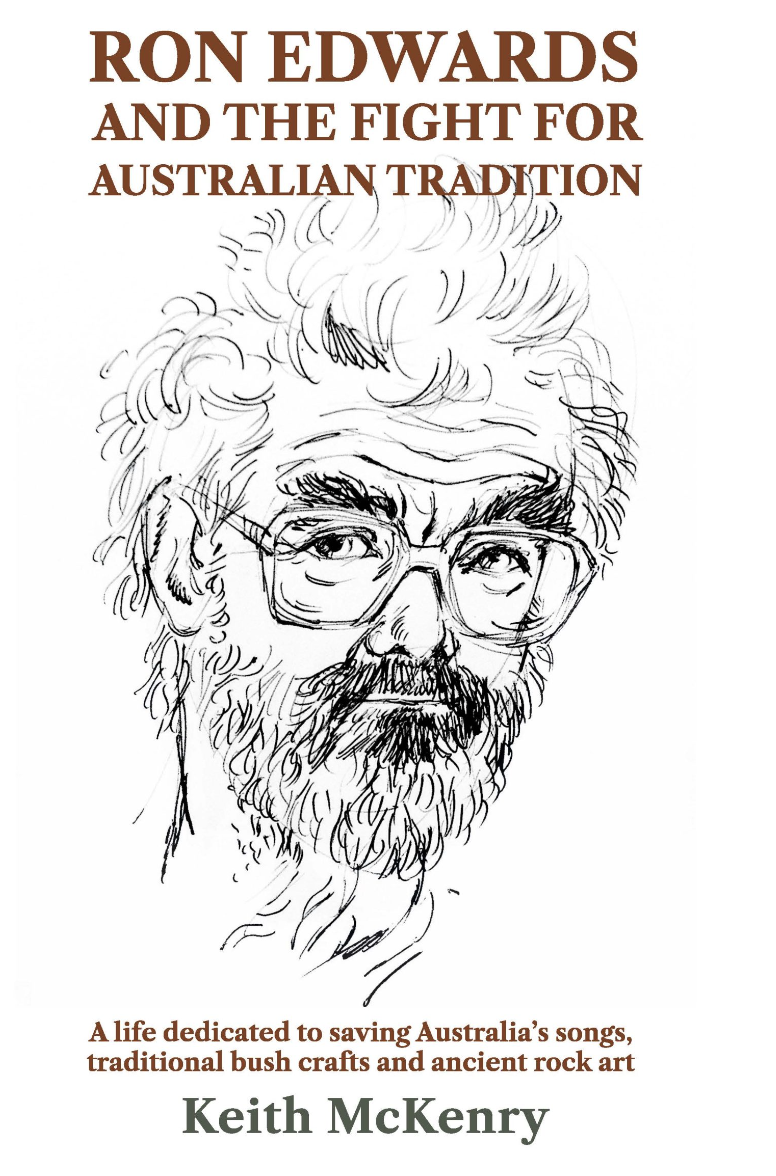The collection and preservation of Australian folklore, especially music, has been undertaken by a small band of individuals since the early nineteen-fifties. Some, including my modest contribution, were encouraged by a curiosity to reveal the characteristics of the Australian national identity. Songs, poems, stories and humour are all keys to our cultural differences as a people, and, in an ever-changing world, there have been distinct pressures to accept a ‘global culture’, often to the detriment of our homegrown culture. This is a reality because Australia’s population is relatively small and, as an English-speaking people, we are an obvious target for international cultural products like films, music and even books. Most, if not all, of the pioneer collectors (and observers) of Australian folklore have been to the left of the political spectrum. This political stance, especially post WW2 in the fifties and sixties, was another reason to collect and popularise. When I came along in the 1960s, I felt like I was mopping up the leftovers of earlier collectors like John Meredith and Norm O’Connor. I was repeatedly told the old songs had disappeared, and I would be unlikely to find anything of value. Ron Edwards, a pioneer along with Meredith and O’Connor, disagreed and encouraged me to get out and look – and record. Armed with my ABC radio contacts, a Nagra tape recorder and a notebook, I set out and spent a year travelling in a Kombi Van. I now realise I was the last collector to be able to record people born in the nineteenth century. Apart from reading some significant American and British folklore books and familiarising myself with all the Australian collected material, I was a green new chum. Ron Edwards and Wendy Lowenstein were sources of inspiration and encouragement and remained close friends until their deaths.
Ron Edwards was a wonder. Talented in so many ways, his story is unique in Australia. Many of us know him from his collecting, but he was also a performer, publisher, book designer, cataloguer, beer brewer, painter and ‘expert’. He was an expert in Aboriginal rock carvings and paintings, leatherwork, bush crafts, yarn-telling, zen, Chinese and Japanese architecture and, so it turns out, business. He was self-driven, ever-enthusiastic and determined in a world often disinterested in what he was fascinated with. Closed doors were always a challenge to Ron Edwards.
Keith McKenry, alpaca breeder, poet, and biographer of John Meredith (More Than a Life: John Meredith and the Fight for Australian Tradition, Rosenberg Publishing), has done a welcome service by documenting Ron Edward’s life story. The book (Ron Edwards and the Fight for Australian Tradition, Arcadia Press 2023) is weighty at 362 pages and full of Ron’s evocative drawings and paintings. There are also numerous colour photographs. More importantly, McKenry tells the story of Ron’s fascinating life and his legacy. A life dedicated to saving Australia’s bush songs and yarns, traditional bush crafts and ancient rock art. There are so many stories within the stories one wonders how one man sustained the energy and determination to document so much – let alone find the time to publish over 300 books.
Ron Edward’s legacy is guaranteed. Many of the songs he collected and published will continue to be sung down the ages, his definitive books on bushcraft will guarantee traditional leather platting and craft skills will survive, and his enthusiasm for documenting ancient rock art saved some of the most significant indigenous natural galleries in the world.
This book is a good read for anyone interested in Australian songs and traditions and gives an insight into a very unique Australian.


0 Comments